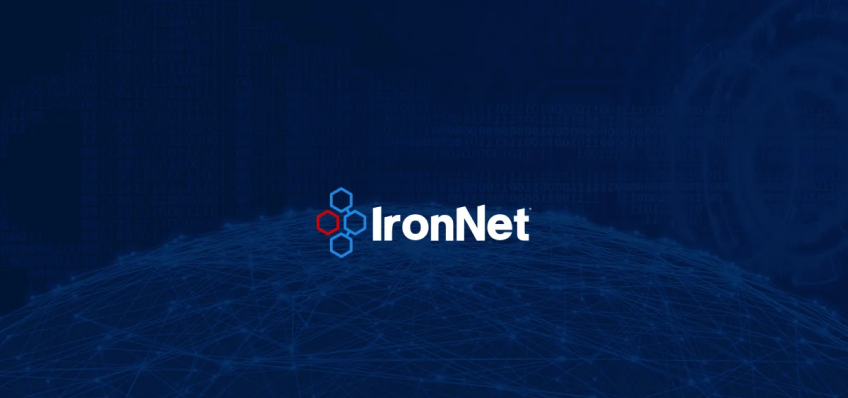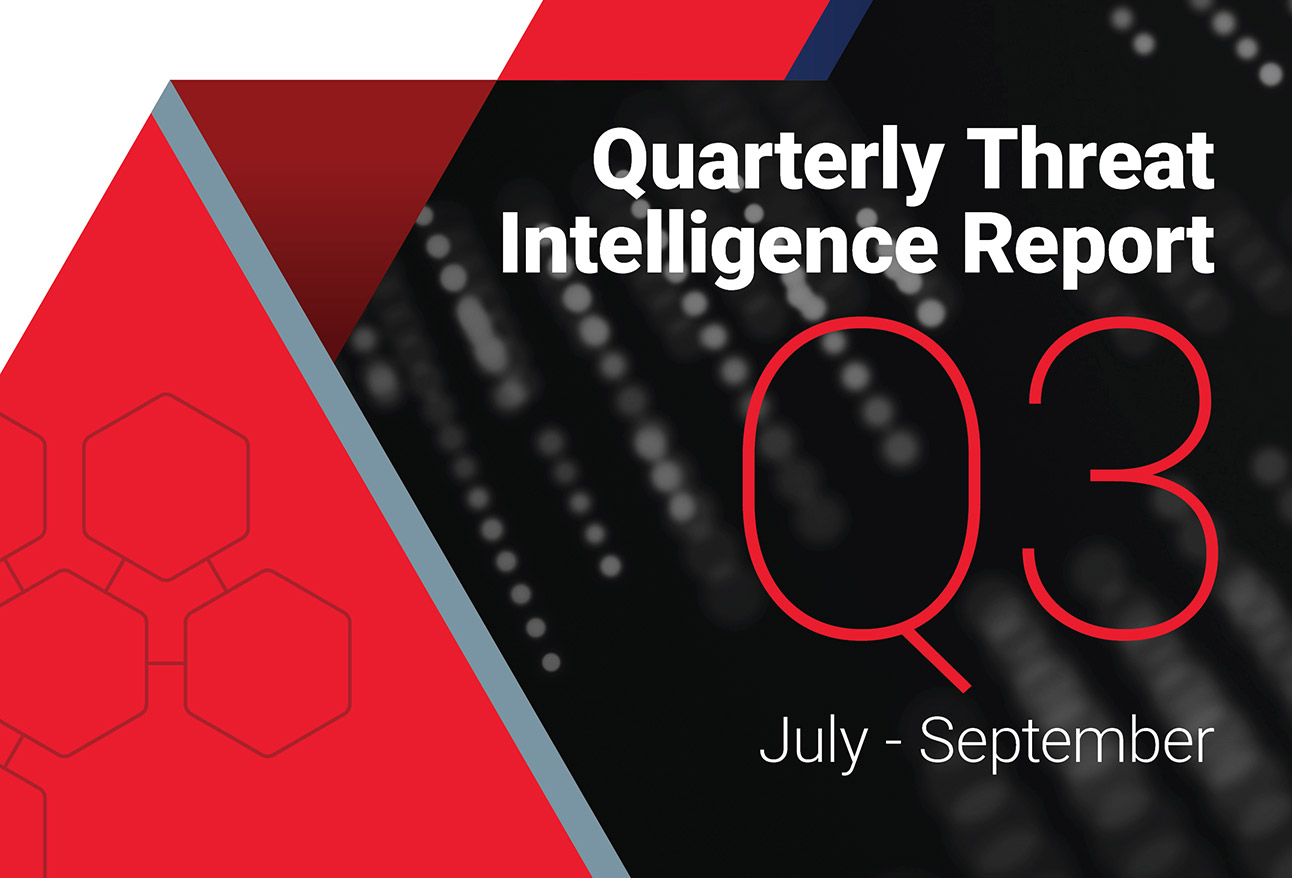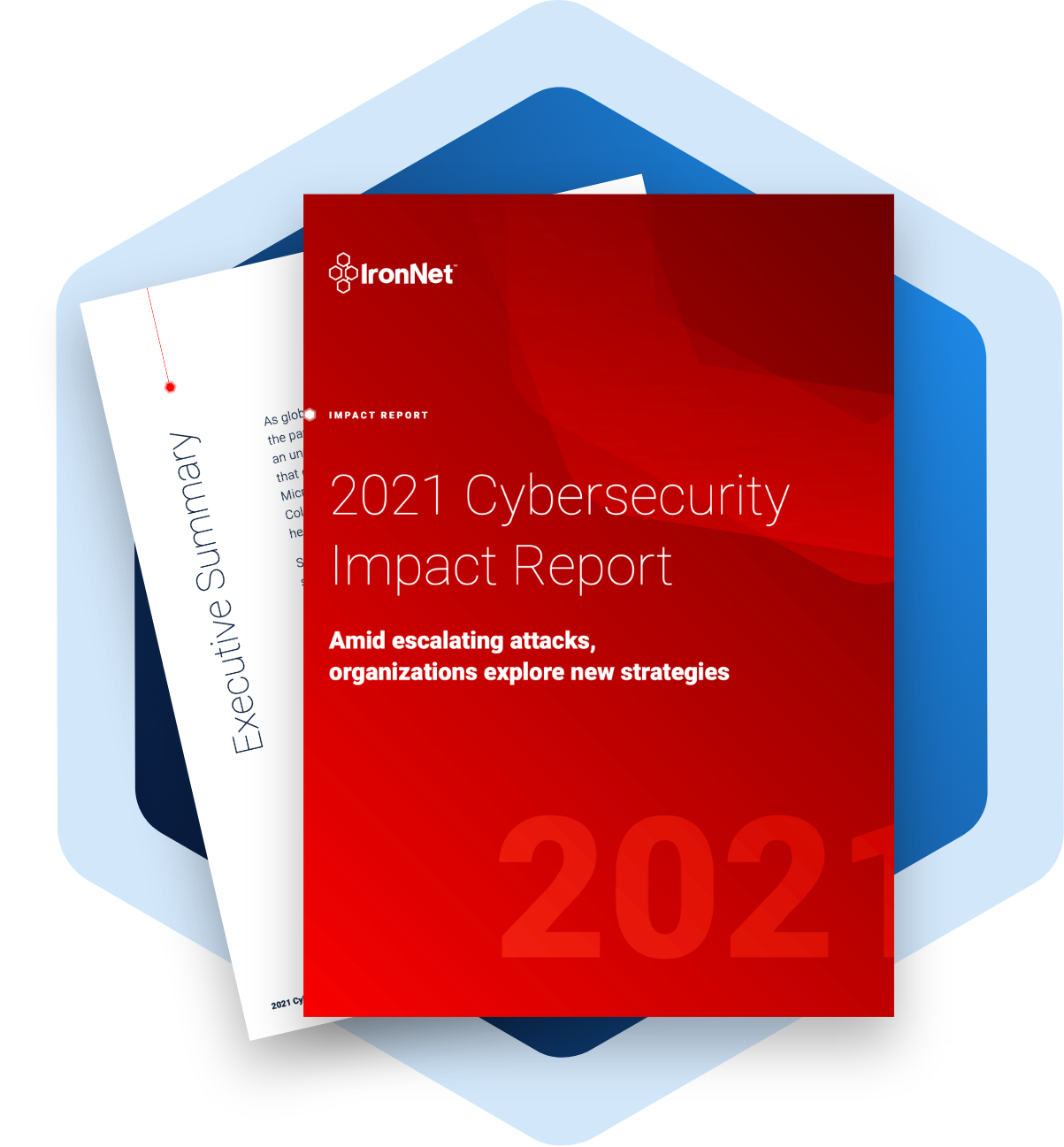With the broad range of varying security solution categories currently on the market, the inclination may be to implement as many as possible to cover any and all existing gaps.
This layered security approach has been a commonly prescribed model for defending organizations against current and future threats for some time now. However, an overloaded security ecosystem may, in the best case, lead to more management overhead and inefficient workflows, ultimately impacting productivity and increasing overall costs. In the worst case, it could cause chaos and even directly result in a security compromise.
5 common cybersecurity ecosystem gaps
To prevent these scenarios from occurring, organizations should be wary of the following five cybersecurity gaps in their existing security ecosystem that could result in a security failure or data breach.
1. Gaps due to a lack of infrastructure visibility (not knowing what you have)
According to a joint advisory published by the FBI, Cybersecurity and Infrastructure Security Agency (CISA), Australian Cyber Security Center, and UK National Cyber Security Center, most of the top 30 exploited vulnerabilities are dated, having already existed for a number of years.

Because of poor visibility into their IT infrastructures, many organizations cannot effectively roll out comprehensive updates or patches to potentially vulnerable systems. In these cases, asset databases may be manually updated and/or managed via desktop tools such as spreadsheets.
Unfortunately, attacks exploiting recently disclosed vulnerabilities are also on the rise. According to CISA, the majority of the top vulnerabilities exploited in 2020 were discovered during the past couple of years. Whether new or old, network security vulnerabilities can easily elude ill-equipped security professionals lacking a clear picture of their networks’ composition.
2. Gaps due to a lack of community-driven security intelligence
Security controls operating in a vacuum are doomed to miss the bigger picture—even well-orchestrated security ecosystems with highly complementary tools and components require mechanisms like collective intelligence to detect unknown threats on the network.

Anomalies may not seem malicious in the context of the local environment. However, when compared to patterns detected in the community and beyond, event or behavior patterns may provide new insights and causes for further investigation.
3. Gaps resulting from an inability to correlate security events to common attacks
Organizations often implement a broad, multifaceted ecosystem of tools—e.g., endpoint protection, network detection and response, SOAR/SIEM—without paying consideration to the correlation of the resulting groundswell of alerts to attacks in progress or about to occur.
Aside from perhaps a SIEM solution integrating multiple log sources, the security solutions in place typically do not talk to or inform each other. On the security user experience side, analysts are tasked with looking at multiple screens to make correlations between events—and by the time they do, it’s too late.
4. Gaps due to the inability to separate the signal from noise
Similarly, a myriad of security tools in the ecosystem translates to a myriad of alerts, which in turn could trigger alert fatigue in security administrators and analysts. Without the ability to separate the signal from noise, security staff may be unable to detect new and ongoing cyber threats.
5. Gaps in the security posture of human firewalls
It’s been said that when it comes to cybersecurity, people are the weakest link. However, humans can also be the organization’s greatest defense and most powerful security asset.
To this end, novel security defenses coupled with better-trained staff can provide the organization with a dynamic, continuously resilient security fabric. Inadequate security training results in human security gaps. For this reason, employee security training needs to be part of the organization’s routine—a fixture of the operational environment but not perceived as an ongoing burden to employees.
Towards a more resilient security ecosystem
When it comes to an organization’s cybersecurity ecosystem, more is not necessarily better. The above security ecosystem gaps are just a few potential openings that could exponentially increase a firm’s security breach risk. All bets are off if even one of these gaps is exploited by a malicious actor.
To avoid this, organizations should focus on creating a holistic ecosystem that prioritizes the important assets, communicates seamlessly across solutions and to humans, and meets the unique requirements and needs of specific environments. Additionally, existing tools should enable security professionals to do their jobs smarter—not harder—and eliminate any infrastructure opaqueness that could hide unknown threats.
.png)



